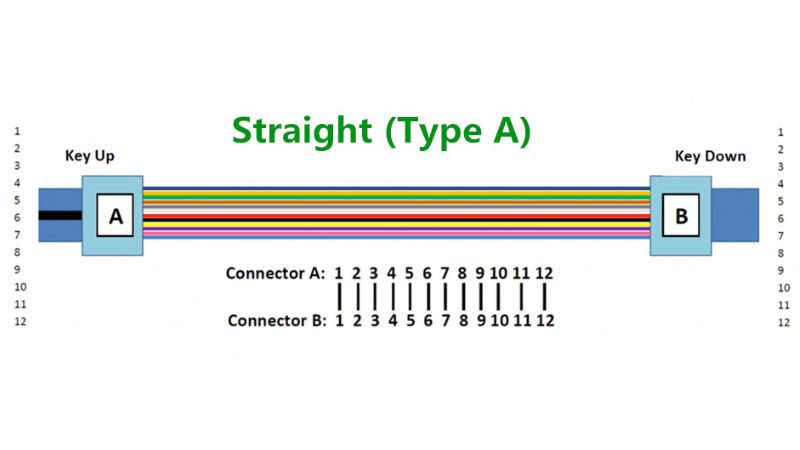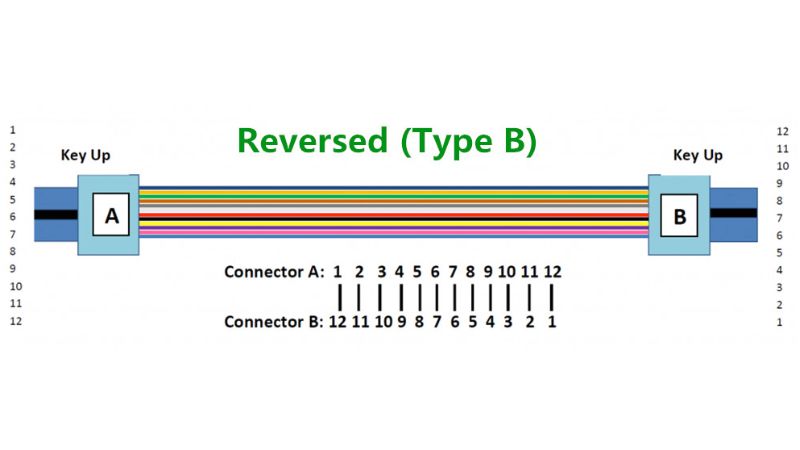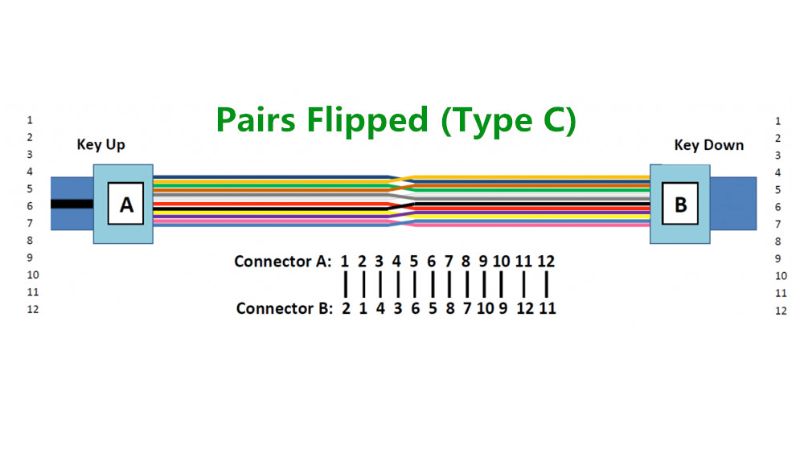Fibre optic MPO cabling is a critical technology in high-speed data transmission. Its ability to carry vast amounts of data over long distances with minimal signal loss has made it indispensable in various applications, including telecommunications, data centres and industrial networks. One essential aspect in properly functioning fibre optic systems is ‘polarity’.
Polarity in fibre optic cabling refers to the proper alignment of the optical signals at both ends of the link to ensure effective communication between devices. Simply, it is the correct matching of transmit and receive connections. Ensuring proper polarity is vital because fibre optic cables carry signals in light pulses, and the signal must reach the intended destination without disruption or loss.
 1300 130 423
1300 130 423






